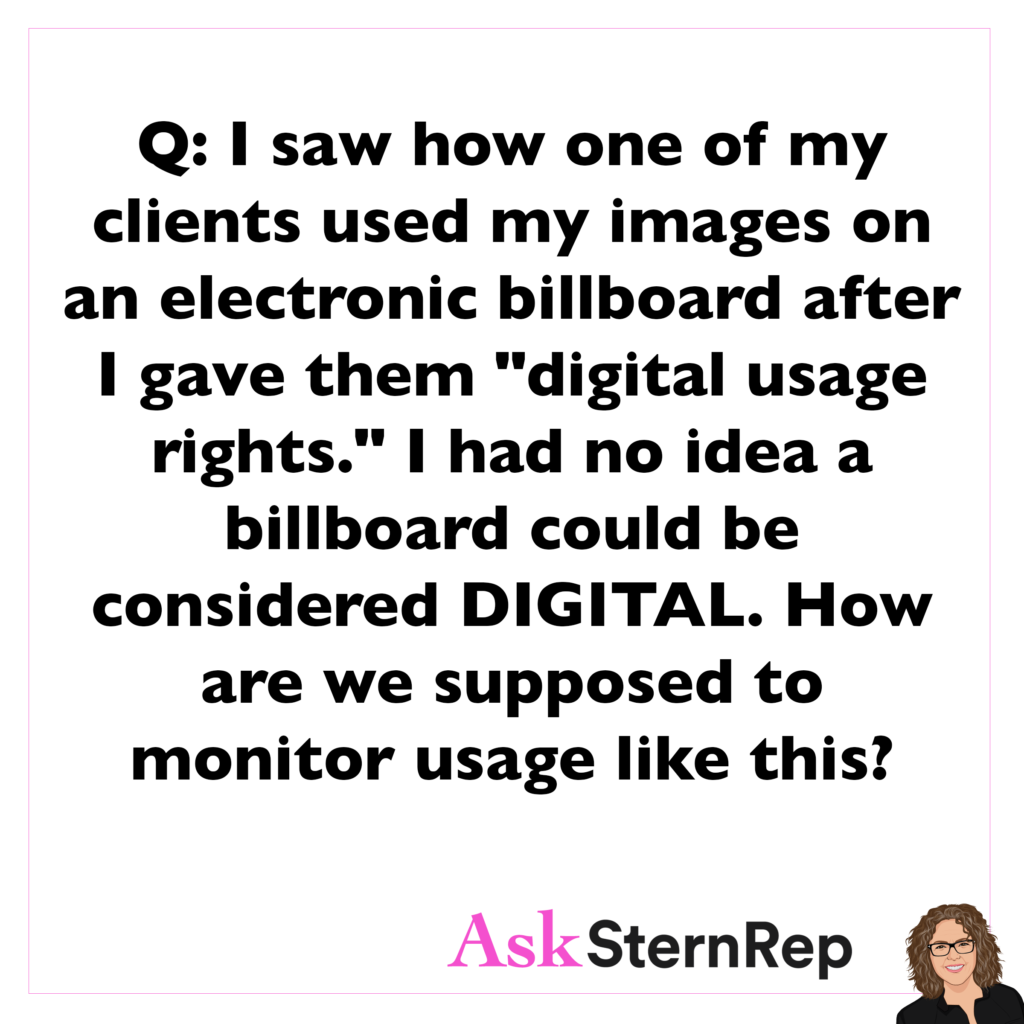

Q:
Do you have to turn jobs away because of low budgets, or do you make it work? If you photographers are in a slow period, does that make you more open to taking on these jobs?
A:
I do have to turn jobs away regularly because of low budgets.
My checklist to consider these lower-budget projects:
- Can this lead to future larger-paying jobs with this client or others?
- Is this a paid test that will benefit my photographer’s portfolio?
- Will the usage rights be controlled to match the budget?
- Would this be a regularly reoccurring client where fees add up as a regular gig?
- Does adding the client name to your client list help?
- Is there any chance of the low budget restricting the job quality, and if so, this is a definite NO WAY.








